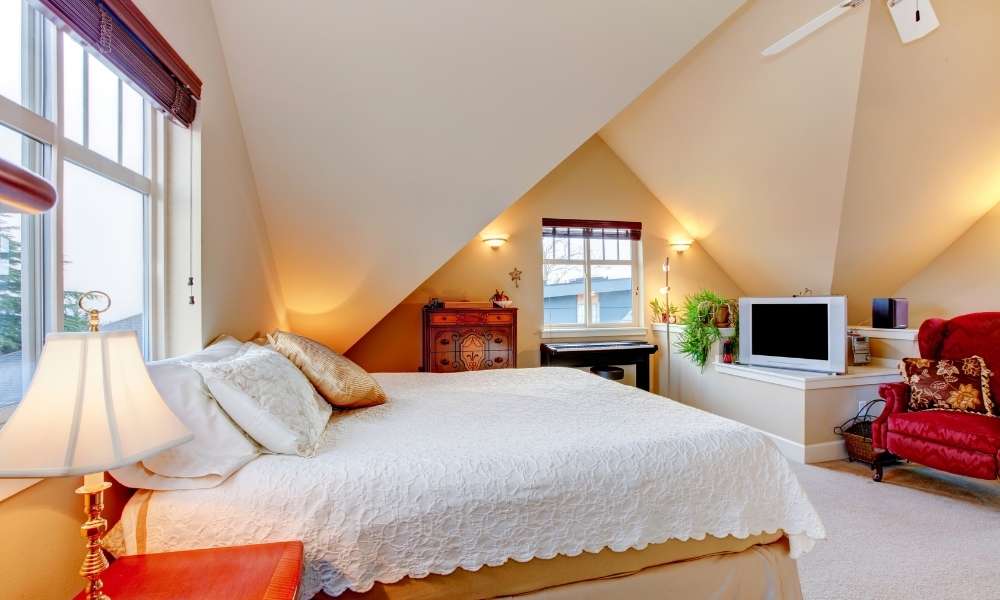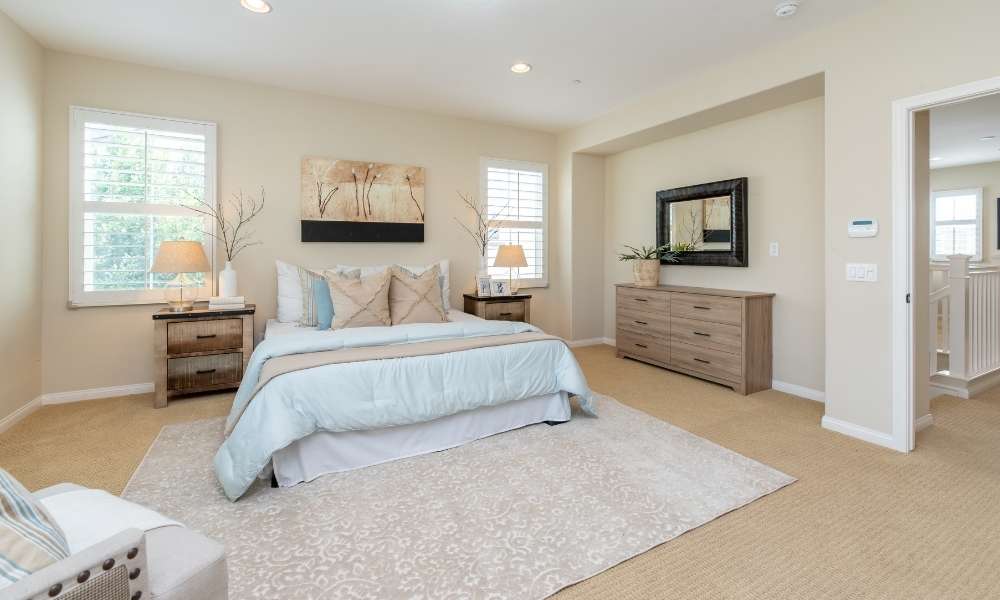Choosing the right floor lamp can significantly enhance the ambiance and functionality of your living space. When considering how to choose floor lamps, it’s essential to think about both style and practicality. Floor lamps come in a variety of designs, from sleek modern to classic traditional, allowing you to find one that complements your home décor. Additionally, consider the type of lighting you need – whether it’s for reading, accent lighting, or general illumination. The height and adjustability of the lamp are also crucial factors, as they determine how well the light will serve its purpose. By carefully evaluating these aspects, you can make an informed decision on how to choose floor lamps that will brighten and beautify your home.
Understanding Your Needs
1. Purpose
The primary purpose of the floor lamp will significantly influence your choice. Are you looking for a lamp that provides ambient lighting, or do you need a task lamp for reading and close work? Ambient floor lamps generally diffuse light softly around the room, creating a warm and inviting atmosphere. Make A Floor Lamp Taller, on the other hand, focus light on a specific area, making them ideal for activities such as reading or crafting. Understanding the purpose of your floor lamp will help narrow down the options and ensure you choose one that meets your specific needs.
2. Room Size and Layout
The size and layout of the room are crucial factors when selecting a floor lamp. In a spacious living area, you might opt for a larger, more dramatic lamp that makes a statement. Conversely, in a smaller room, a slim and sleek design might be more appropriate to avoid overwhelming the space. Additionally, consider the lamp’s placement within the room. Floor lamps can be strategically positioned to highlight certain areas or to complement existing furniture arrangements. By taking into account the size and layout of your room, you can choose a floor lamp that enhances the overall flow and functionality of the space.
3. Existing Décor
Finally, the existing décor of your room should guide your choice of floor lamp. Whether your style is modern, traditional, or eclectic, there is a floor lamp that can seamlessly integrate into your décor. For a cohesive look, choose a lamp that complements the colors, textures, and materials already present in the room. For example, a sleek metal lamp might be perfect for a contemporary space, while a wooden or fabric-shaded lamp might suit a more traditional or rustic setting. By aligning your floor lamp with your existing décor, you create a harmonious and aesthetically pleasing environment.
Types of Floor Lamps
1. Arc Floor Lamps
Arc floor lamps are characterized by their long, curved arm that extends outwards from the base. This design allows the lamp to provide overhead lighting without requiring ceiling fixtures. Arc floor lamps are perfect for placing over sofas, reading chairs, or dining areas, offering both functionality and a dramatic visual appeal. They come in various styles and finishes, making them a versatile choice for contemporary and modern interiors.
2. Torchiere Floor Lamps
Torchiere floor lamps are designed to direct light upwards, creating a soft, diffused glow that illuminates the entire room. They typically have a tall, slender base with a bowl-shaped shade at the top. This type of lamp is excellent for ambient lighting, as it adds a warm and inviting atmosphere to any space. Torchieres are particularly useful in rooms with high ceilings, as they can effectively brighten up large areas.
3. Task Floor Lamps
Task floor lamps are designed to provide focused lighting for specific activities such as reading, sewing, or working. They usually feature adjustable arms and heads, allowing you to direct the light exactly where you need it. Task lamps come in various styles, from sleek and modern to classic and industrial, making it easy to find one that suits your décor. These lamps are ideal for placing next to your favorite reading chair or desk.
4. Tree Floor Lamps
Tree floor lamps, also known as multi-arm lamps, feature multiple light sources branching out from a single base. This design allows for versatile lighting options, as each arm can be adjusted independently to direct light in different directions. Tree lamps are perfect for illuminating large spaces or highlighting specific areas within a room. They come in various designs, from minimalist to ornate, making them a stylish addition to any home.
Key Features to Consider
1. Adjustability
Adjustability is an important feature to consider when selecting a floor lamp. Adjustable lamps allow you to direct light exactly where you need it, providing versatility for various tasks and settings. Look for lamps with adjustable arms, heads, or necks, as these can be positioned to focus light on a specific area or to create different lighting effects. This feature is particularly useful for task lighting, such as reading or working, where precise illumination is required.
2. Dimmer Switches
Dimmer switches are a valuable addition to any floor lamp, offering control over the intensity of the light. With a dimmer switch, you can easily adjust the brightness to suit different activities and moods. This feature is especially beneficial for creating a cozy and relaxed atmosphere in living rooms or bedrooms. Dimming options also help save energy and extend the lifespan of your bulbs by reducing the overall power consumption.
3. Bulb Type
The type of bulb used in your floor lamp significantly impacts its performance and energy efficiency. Common bulb types include incandescent, LED, and CFL. Incandescent bulbs provide a warm, traditional glow but are less energy-efficient. LED bulbs are highly energy-efficient, have a long lifespan, and come in various color temperatures, making them a popular choice for modern floor lamps. CFL bulbs are also energy-efficient but may take a moment to reach full brightness. Consider the advantages and disadvantages of each bulb type to determine the best option for your needs.
4. Height
The height of a floor lamp plays a crucial role in its effectiveness and aesthetic appeal. Taller lamps are ideal for providing ambient lighting and can make a room feel more open and spacious. Shorter lamps are better suited for task lighting and can be placed next to seating areas or workspaces. When selecting a floor lamp, consider the height of your ceilings and the intended placement of the lamp to ensure it complements the room’s proportions and provides adequate illumination.
Choosing the Right Design
1. Shade Material and Shape
The material and shape of the lampshade play a significant role in the overall look and functionality of your floor lamp. Common materials for lampshades include fabric, glass, metal, and paper. Fabric shades, such as linen or silk, offer a soft, diffused light ideal for creating a cozy atmosphere. Glass shades can add a touch of elegance and provide a brighter, more focused light. Metal shades are durable and often used in industrial or modern designs, while paper shades offer a minimalist and budget-friendly option. The shape of the shade also affects the light distribution; drum, bell, and cone shapes each create different lighting effects. Consider how the material and shape of the shade will complement your room and fulfill your lighting needs.
2. Base Design
The design of the base is another critical element to consider when choosing a floor lamp. The base should be sturdy and well-balanced to prevent the lamp from tipping over. Additionally, the style of the base can greatly influence the overall aesthetic of the lamp. For a sleek, modern look, consider a base made of polished metal or glass. For a more traditional or rustic feel, opt for a wooden or wrought iron base. The base design should also harmonize with the other furniture and accessories in the room, creating a cohesive and stylish appearance.
3. Color and Finish
The color and finish of the floor lamp can either blend seamlessly with your existing décor or serve as a bold statement piece. Neutral colors such as black, white, and gray are versatile and can complement a wide range of styles. For a pop of color, consider lamps with vibrant shades or bases in hues that match or contrast with your room’s color scheme. The finish of the lamp, whether it’s matte, glossy, brushed, or antiqued, can also affect its overall look. A brushed nickel finish might suit a contemporary setting, while an antique bronze finish could enhance a more classic or vintage décor. Choose a color and finish that not only reflect your personal style but also enhance the visual appeal of your space.
Placement Tips
1. Living Room
In the living room, floor lamps can serve multiple purposes, from providing ambient lighting to highlighting specific areas. Place a floor lamp next to a sofa or armchair to create a cozy reading nook. Arc floor lamps work well in this setting, as they provide overhead lighting without taking up too much floor space. You can also place a torchiere floor lamp in a corner to illuminate the room with a soft, diffused light. For larger living rooms, consider using multiple floor lamps to create a balanced lighting scheme that eliminates dark corners and enhances the overall ambiance.
2. Bedroom
In the bedroom, floor lamps can add both style and functionality. Position a floor lamp next to your bed as an alternative to a bedside table lamp, especially if space is limited. Task floor lamps are ideal for this purpose, as they offer adjustable lighting for reading or other activities. You can also place a floor lamp in a dressing area to provide additional lighting for getting ready. Choose a lamp with a soft, warm light to create a relaxing and inviting atmosphere conducive to rest and relaxation.
3. Home Office
In a home office, proper lighting is crucial for productivity and comfort. Place a task floor lamp next to your desk to provide focused lighting for reading, writing, or computer work. Adjustable lamps with flexible arms and heads are particularly useful, as they allow you to direct light exactly where you need it. Ensure that the lamp’s light does not create glare on your computer screen or workspace. Additionally, consider placing a floor lamp with a broader light spread in a corner to provide general illumination and reduce eye strain from prolonged work sessions.
Conclusion
The placement of your floor lamp can significantly impact its effectiveness and the overall ambiance of your space. In the living room, use floor lamps to create cozy reading areas and enhance ambient lighting. In the bedroom, position floor lamps to provide functional light for reading and dressing while maintaining a relaxing atmosphere. In the home office, focus on task lighting to boost productivity and comfort. By strategically placing floor lamps in your home, you can create well-lit, stylish, and functional spaces that cater to your specific needs.




